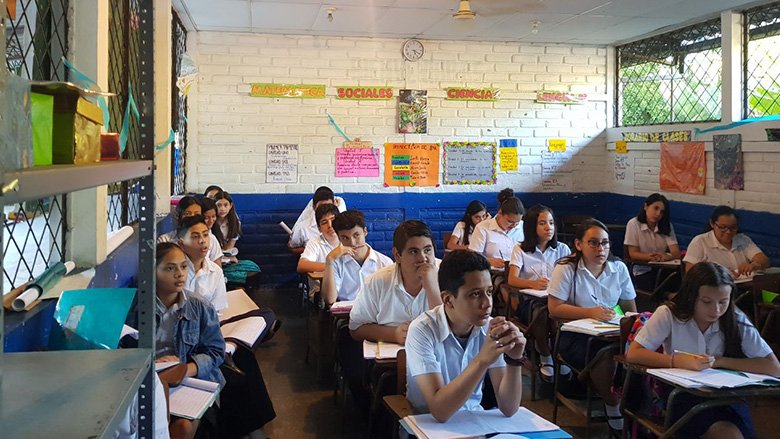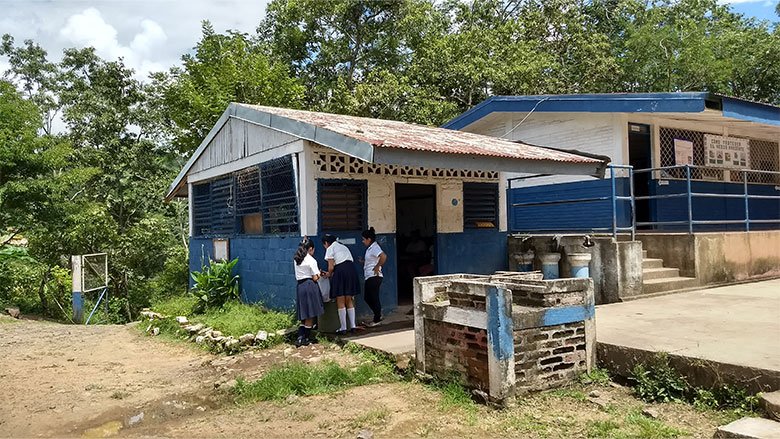El Salvador is exposed to a variety of natural hazards and is located in one of the most seismically active regions in the world. The annual average loss from earthquakes is nearly $176 million or 0.7% of gross domestic product. Other major hazards include floods, landslides, tropical storms, tsunamis, volcanic eruptions, and droughts––particularly in El Niño seasons.
In this context, the World Bank is supporting the government of El Salvador in formulating the country’s first national seismic risk mitigation plan for public school infrastructure. The grant to do so has been funded by the Japan-World Bank Program for Mainstreaming DRM in Developing Countries (Japan Program) and implemented by the Global Program for Safer Schools (GPSS) managed by the Global Facility for Disaster Reduction and Recovery (GFDRR).
To further support this plan, on May 19, 2022, a virtual knowledge exchange facilitated by the Japan Program was held, where a Japanese engineering firm met with El Salvador’s Ministry of Education and the GPSS team to share recommendations on strengthening the resilience of school infrastructure. These recommendations came from lessons learned on a Japan International Cooperation Agency (JICA) project where the firm collaborated with El Salvador’s government agencies to integrate and promote the risk prevention and mitigation for public infrastructures. During the virtual exchange, government officials from education, public works, transportation, housing, urban development, and climate change adaptation were able to exchange views and agreed to strengthen collaboration in order to better adapt schools to a changing climate and increasing disaster risks.
Leveraging Japan’s experiences and lessons learned which are compiled in the publication “Making Schools Resilient at Scale: the Case of Japan”, and the expertise of the GPSS team, the government of El Salvador was able to:
(i) establish a baseline of 5,000 public school facilities with updated basic information on school infrastructure and structural characteristics for a representative sample of school building types;
(ii) create an App tool made available to the team at the Ministry of Education so that they can collect and store data from school inspections;
(iii) deliver a diagnostic report of construction environment and management of school infrastructure;
(iv) perform seismic risk assessments of public school portfolio, including estimates of potential damage and economic losses as a result of earthquakes;
(v) and create a proposal for a national seismic risk mitigation program for public school infrastructure.


